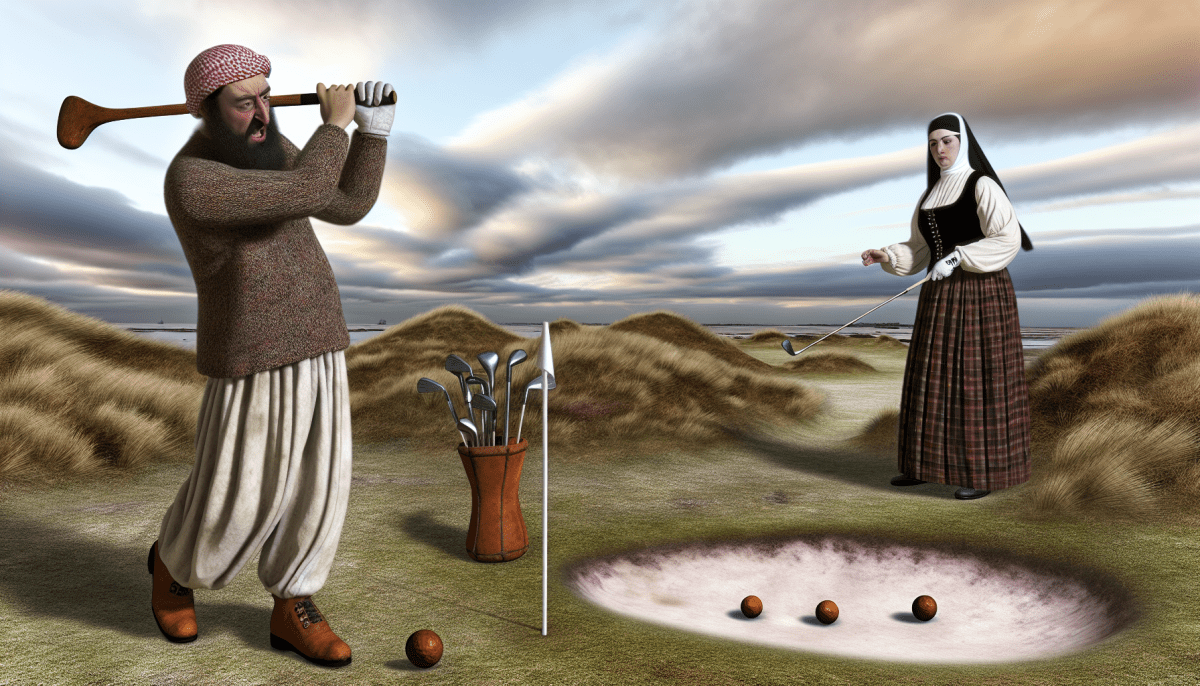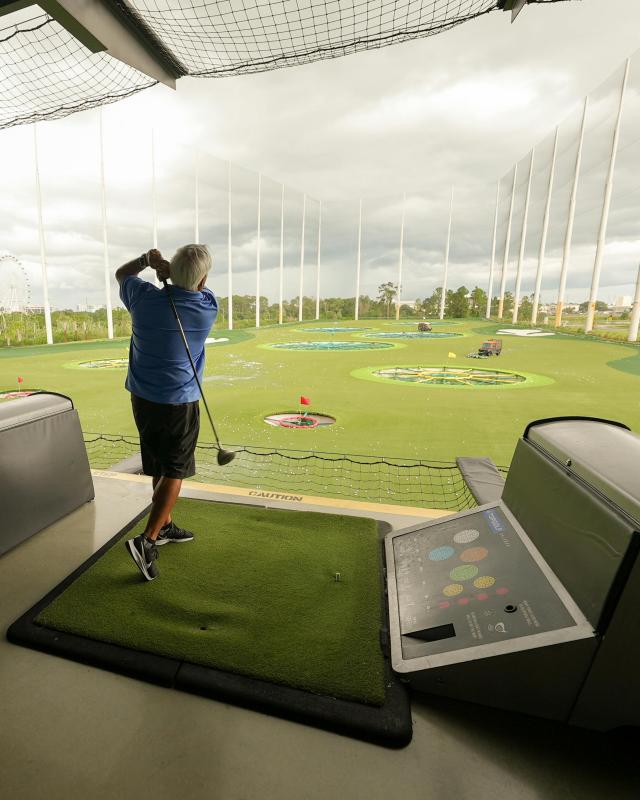Golf has a long and rich history that dates back several centuries. Its origins can be traced to the 15th century in Scotland, where a game resembling modern golf was played on windy links land. Early players used a rounded piece of wood and tried to hit a small ball into a series of holes dug into the ground. Can you imagine how different it looked back then compared to today’s pristine courses?
Interestingly, the name "golf" might come from the Dutch word "kolf" or "kolve," which means "club." While the exact roots are a bit fuzzy, it’s clear that the thrill of hitting a ball and aiming for a target is a timeless activity. The game was originally played by the nobility, which gave it a certain status and drew more attention.
By the 1400s, King James II of Scotland even banned the game because he believed it was distracting his soldiers from practicing archery. Funny how something so enjoyable could cause such a stir! This prohibition didn't last long, and soon golf gained popularity, setting the stage for the traditional courses we see today.
As the game moved through the ages, golf evolved alongside other sports. The first recorded rules were drawn up in 1744 for a game played in Edinburgh, and from there, the sport began organizing into clubs and competitions. Players could finally put their skills to the test, which only fueled their passion for the game!
- Golf in the 19th Century
Golf in the 19th century was a fascinating time filled with change and growth for the sport. While the game had roots that stretched back to earlier centuries, it was during this time that golf really started to gain popularity, especially in Scotland. The rolling hills and lush landscapes made for perfect golf courses, and locals began to turn golf into a beloved pastime.
One significant development was the formation of the first golf clubs. These clubs weren’t like the ones we see today; they were more like communities of passionate golfers coming together. The St Andrews Golf Club, founded in 1754, became a model for future clubs, emphasizing the social aspect of the game as members gathered for a round of golf.
Equipment also underwent major changes during the 19th century. Early clubs were made from wood and featured simple designs, but advances in technology began to change that. The introduction of the gutta-percha ball in the 1840s was a game changer, offering players a more durable option compared to the feather-filled balls used previously. This innovation made the game more accessible and enjoyable!
By the end of the century, golf had spread beyond Scotland to England and even the United States. The establishment of the first U.S. Open in 1895 marked a significant milestone, showcasing the sport's growing appeal. As more players picked up clubs and stepped onto the greens, the stage was set for golf to evolve into the global phenomenon we know today.
- Modern Changes in Golf Technology
Golf has come a long way from the hickory clubs and gutta-percha balls of the early days. Today, modern technology has transformed how the game is played, making it more accessible and enjoyable for everyone. One of the biggest changes is the introduction of high-tech equipment. Drivers and irons are now designed with advanced materials like carbon fiber and titanium, which not only make them lighter but also help golfers hit the ball farther and more accurately.
Another exciting development is the use of launch monitors and swing analysis tools. These devices provide instant feedback on your swing mechanics, ball speed, and launch angle. It's like having a personal coach right there on the course with you! Many players now use apps that track their performance and offer tips for improvement, helping both beginners and seasoned pros refine their skills.
Even golf balls have seen some major upgrades! Modern balls are engineered to enhance distance while maintaining control around the greens. With multi-layer designs, players can achieve different spins and trajectories depending on their playing style. This means you can really customize your game, making it more suited to how you like to play.
Lastly, the rise of virtual golf simulators is changing where and how we play. These setups allow you to play famous courses in the comfort of your home or a local golf lounge. Not only is it a fun way to practice, but it also brings a social aspect to the game, letting friends gather and enjoy a round together, no matter the weather outside!
- The Future of Golfing Trends
The world of golf is always evolving, and staying up-to-date with the latest trends can really enhance your game. One exciting trend is the rise of technology on the course. From smart golf clubs that track your swing to apps that analyze your performance, technology is making it easier than ever to improve your skills and understand your play.
Another big change we're seeing is a shift towards sustainability. Golf courses are becoming more eco-friendly, focusing on conserving water and using organic products to maintain greens. This not only helps the environment but also creates a more enjoyable experience for players who appreciate natural beauty on the course.
Social play is also on the rise. More golfers are looking for a fun, relaxed atmosphere rather than a strict and formal round. This has led to the popularity of new formats, like “speed golf” or social tournaments that encourage camaraderie and good times rather than just a focus on scores.
Lastly, inclusivity in golf is growing. Clubs are opening their doors to players of all ages and skill levels, making the game more accessible. Junior programs, women's leagues, and beginner-friendly workshops are helping more people discover the joy of golf. It's a fantastic way to bring together different generations and skill sets on the green.



